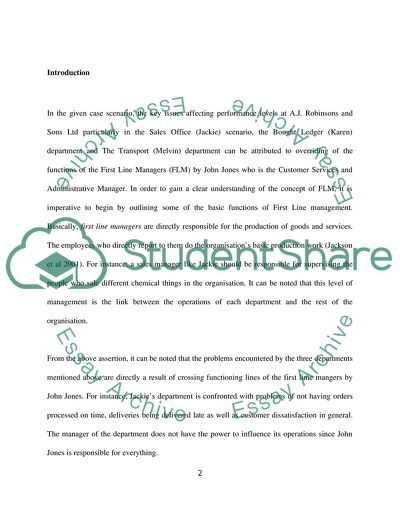Cite this document
(“HR Practice in A.J. Robinsons and Sons Ltd Essay”, n.d.)
HR Practice in A.J. Robinsons and Sons Ltd Essay. Retrieved from https://studentshare.org/human-resources/1565919-case-study
HR Practice in A.J. Robinsons and Sons Ltd Essay. Retrieved from https://studentshare.org/human-resources/1565919-case-study
(HR Practice in A.J. Robinsons and Sons Ltd Essay)
HR Practice in A.J. Robinsons and Sons Ltd Essay. https://studentshare.org/human-resources/1565919-case-study.
HR Practice in A.J. Robinsons and Sons Ltd Essay. https://studentshare.org/human-resources/1565919-case-study.
“HR Practice in A.J. Robinsons and Sons Ltd Essay”, n.d. https://studentshare.org/human-resources/1565919-case-study.


